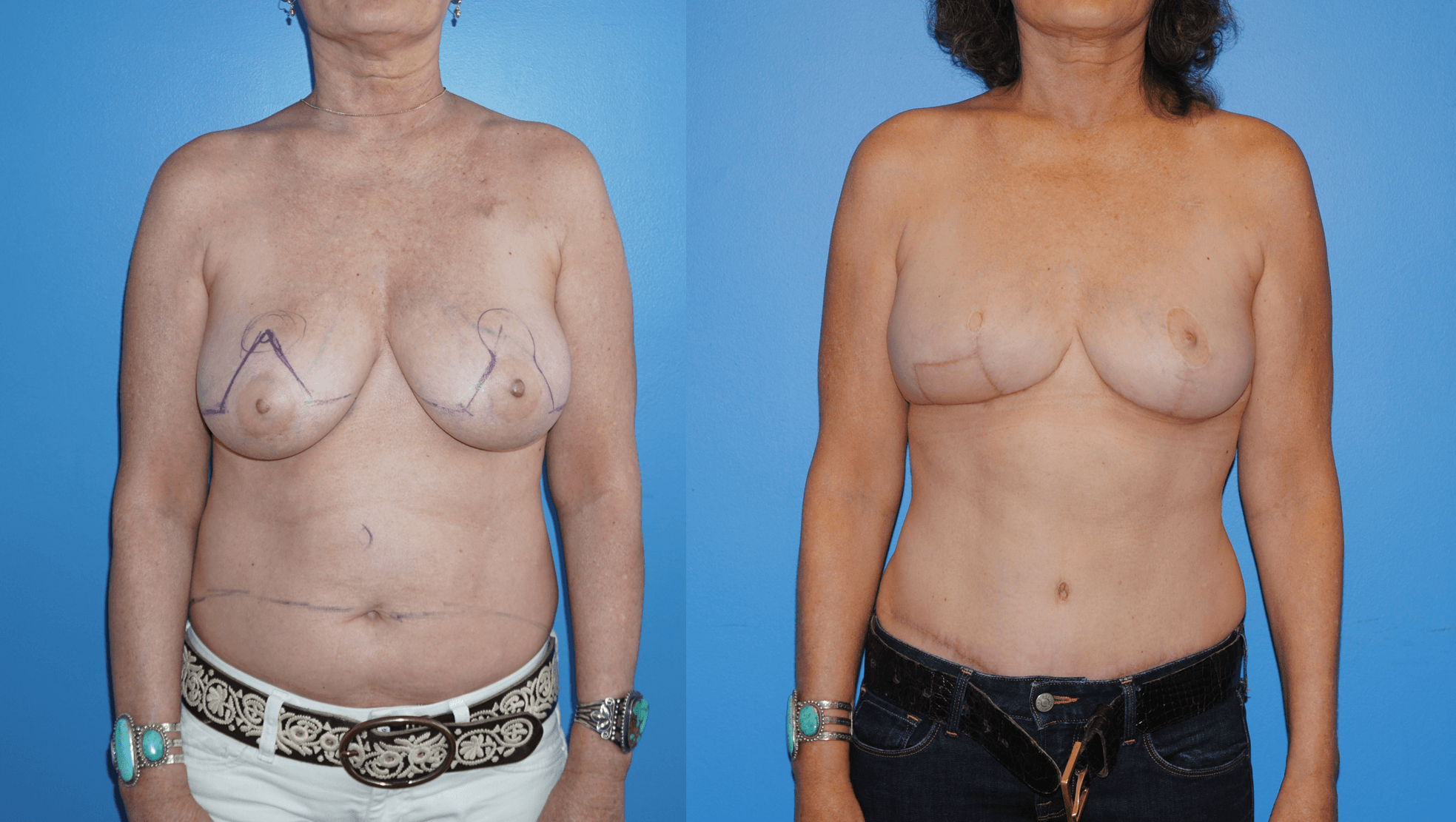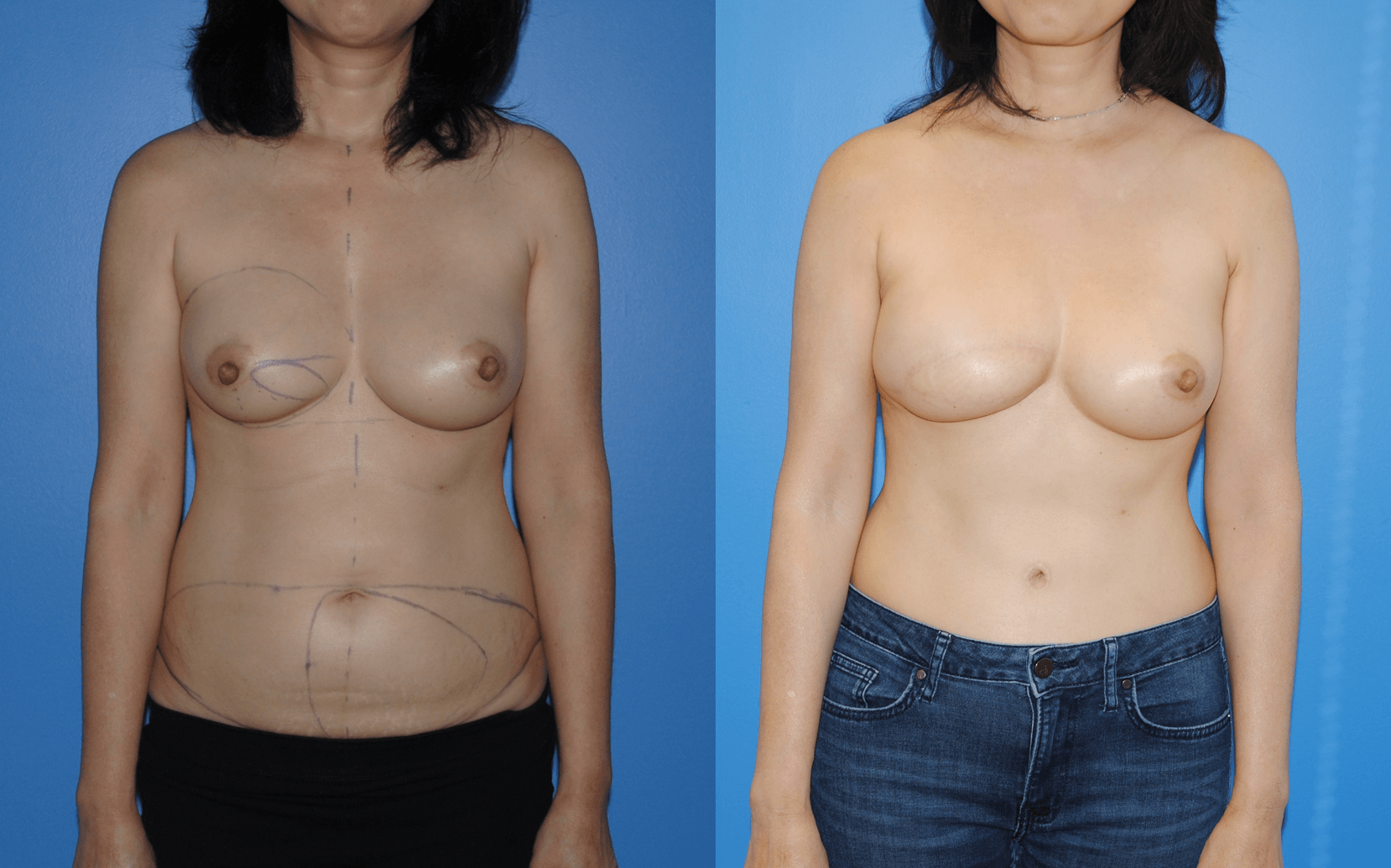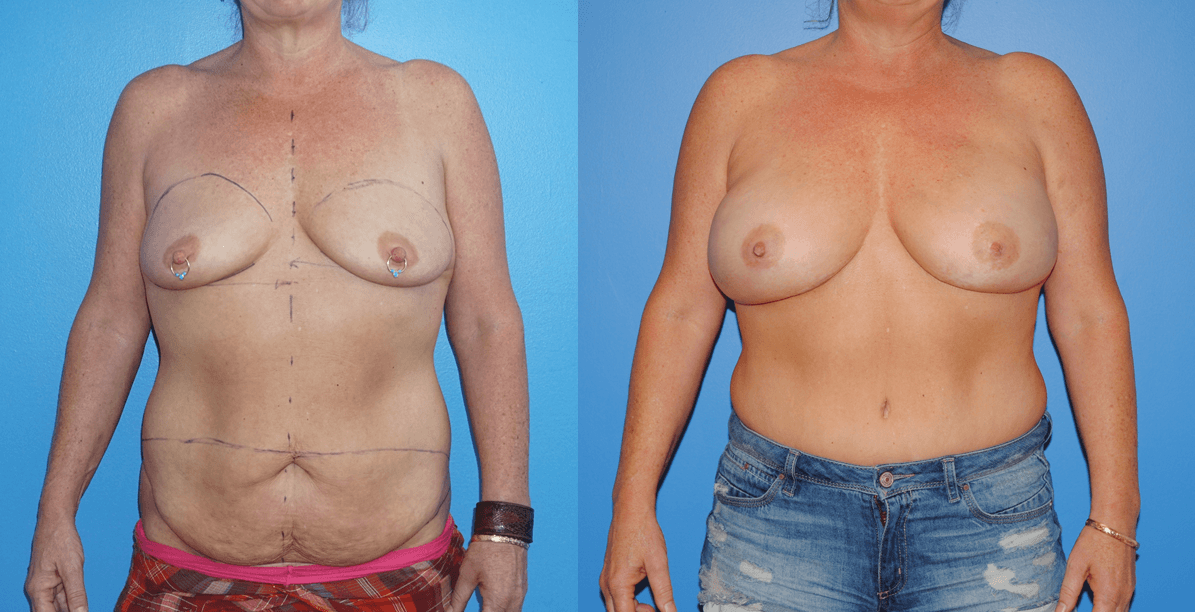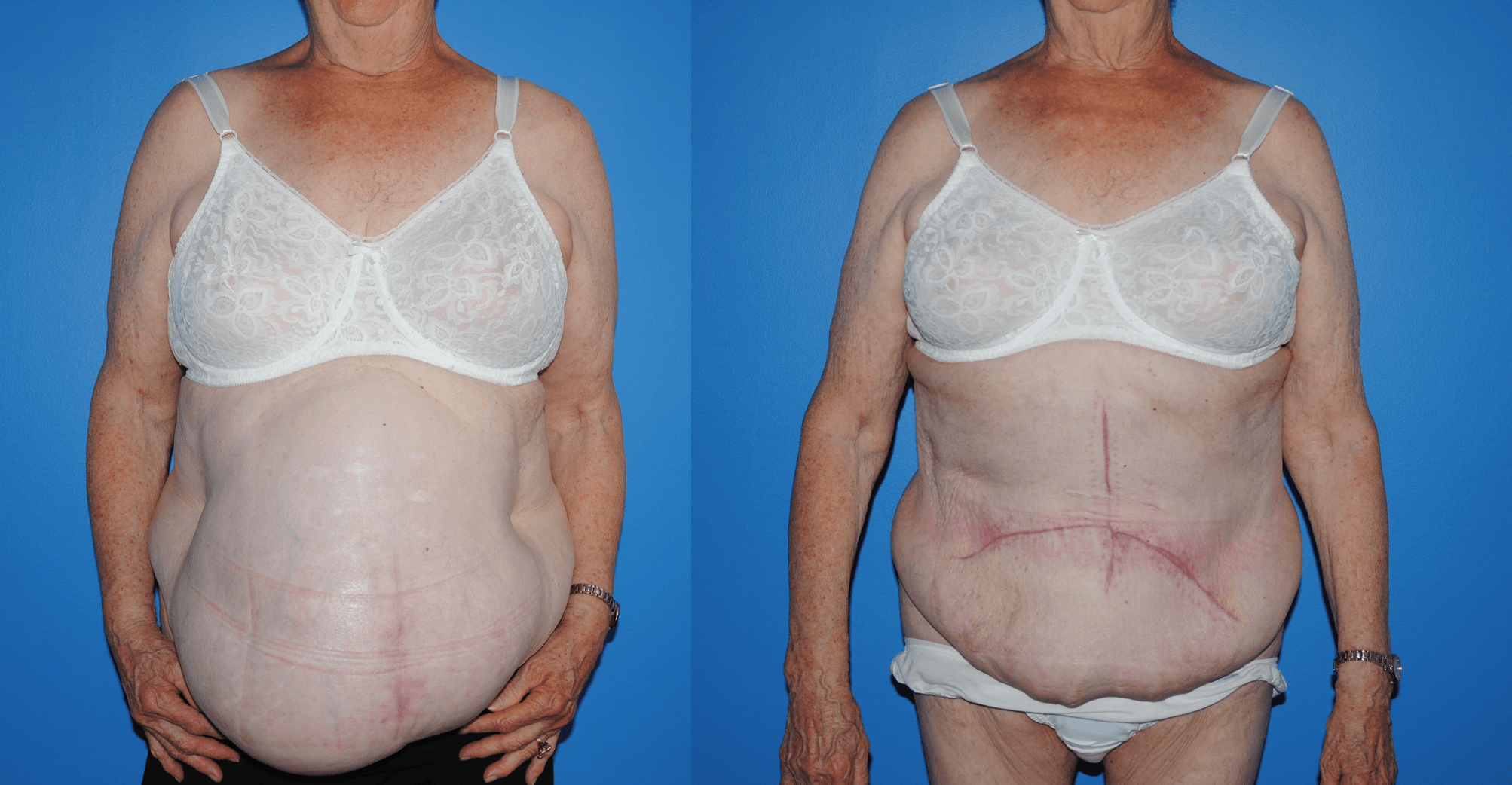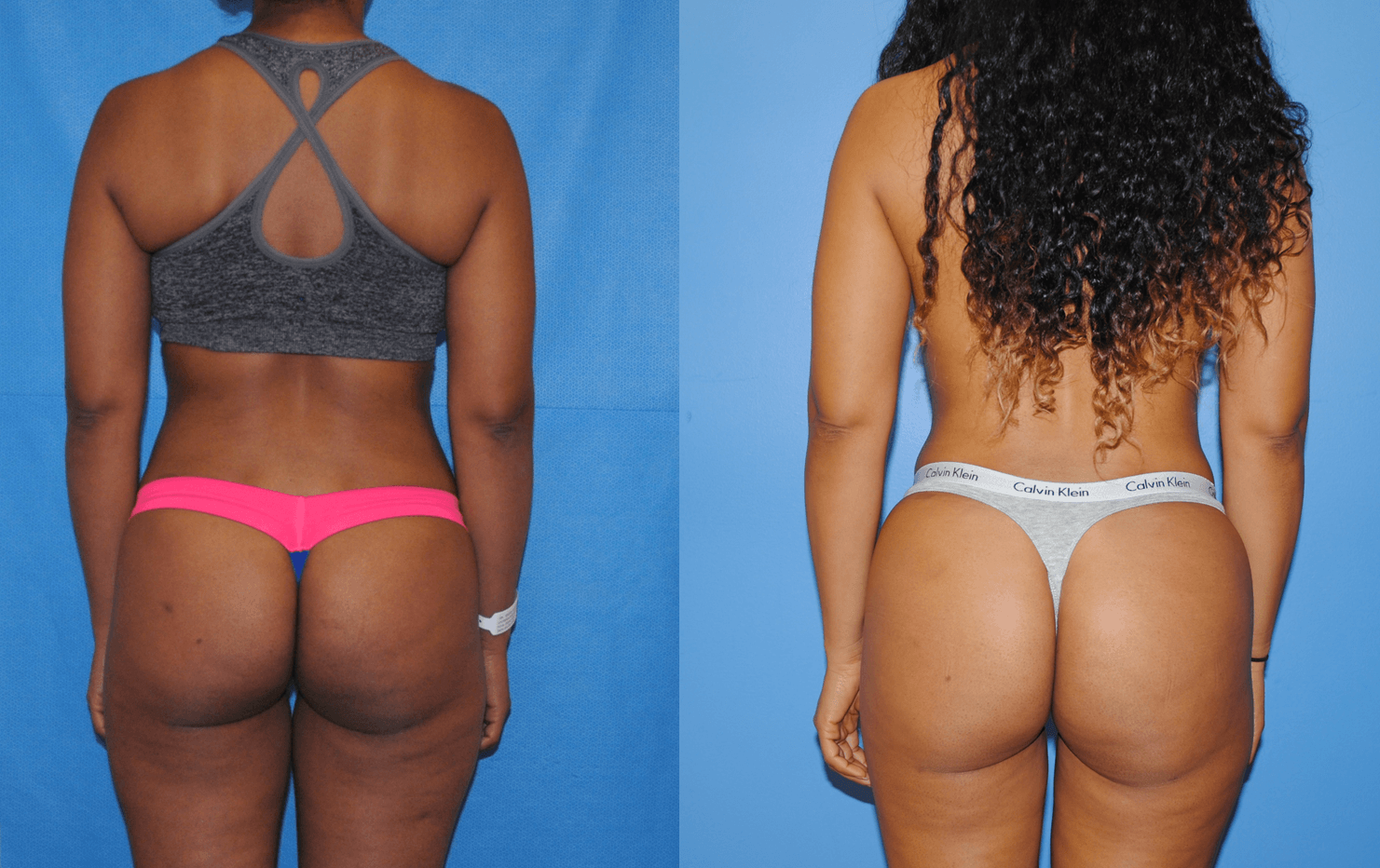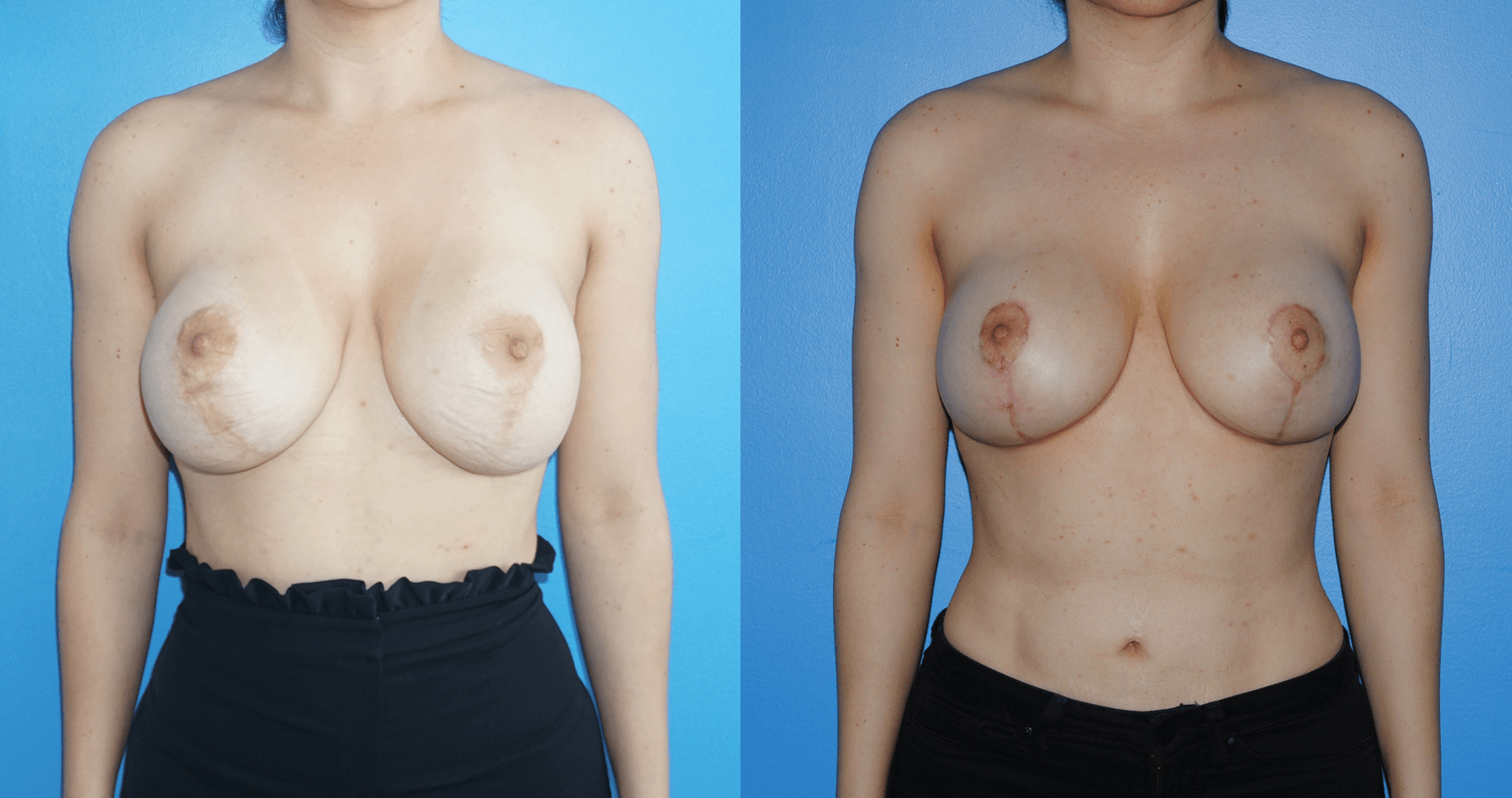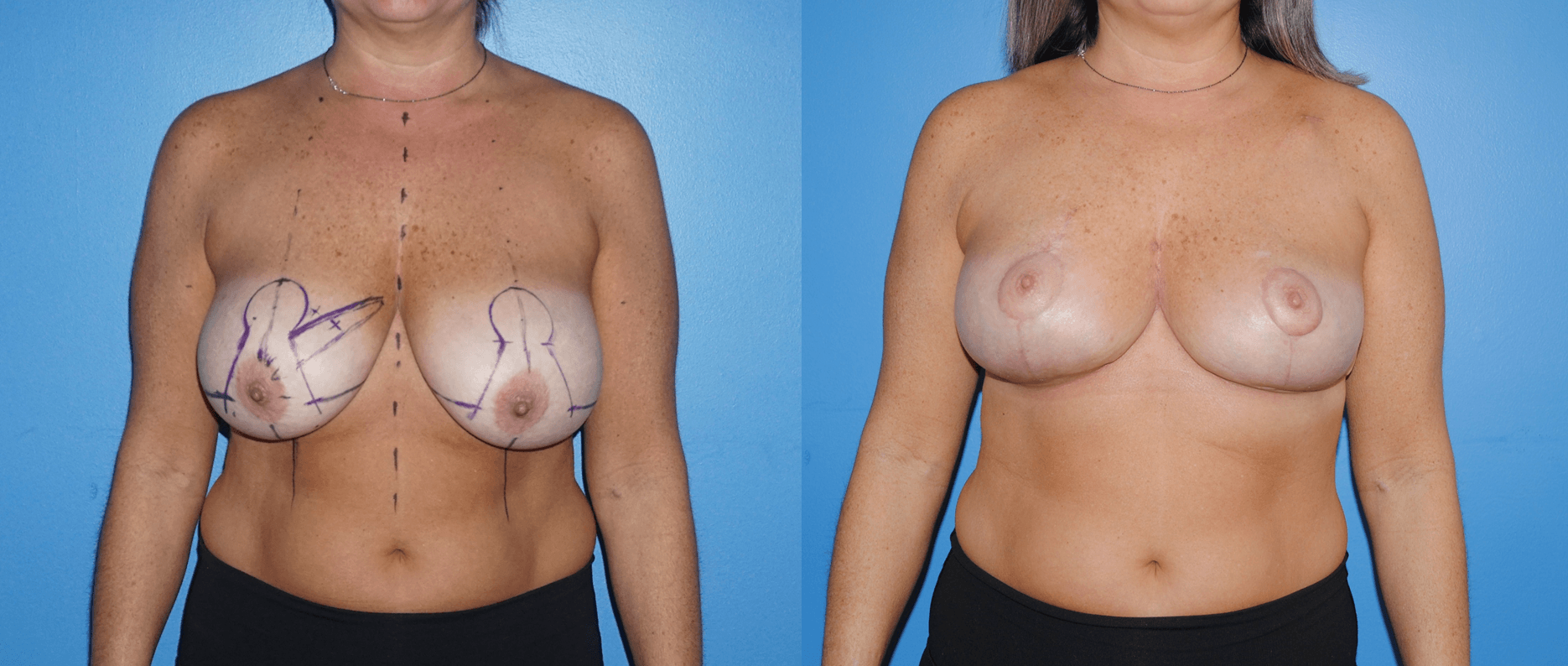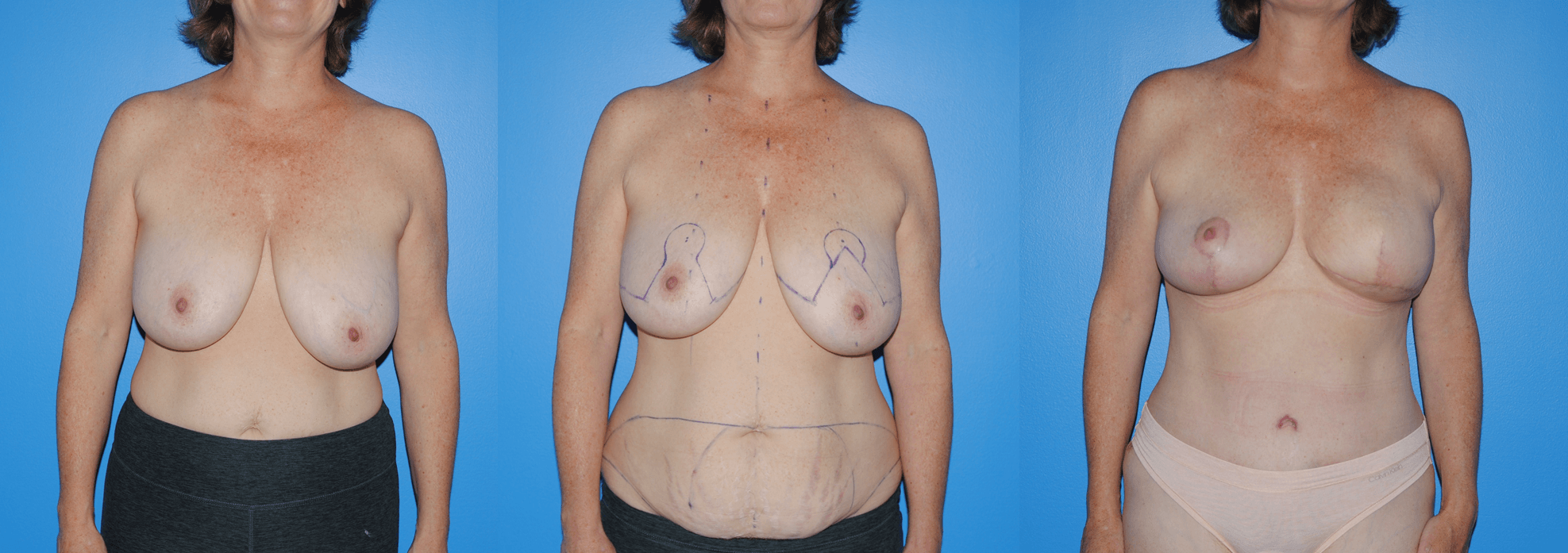The skin and fat from the lower abdomen can be used to reconstruct the breast following mastectomy. This type of reconstruction is called autologous breast reconstruction or flap reconstruction. The deep inferior epigastric artery perforator (DIEP) flap uses the skin and fat from the lower abdomen, and maintains a significant amount of abdominal wall musculature. The tissue that is transferred…
